2D Multiphase Savonius Turbine CFD Simulation – ANSYS Fluent Tutorial
2D Multiphase Savonius Turbine CFD Simulation – ANSYS Fluent Tutorial
- Upon ordering this product, you will be provided with a geometry file, a mesh file, and an in-depth Training Video that offers a step-by-step training on the simulation process.
- For any more inquiries regarding the product, please do not hesitate to reach out to us at info@CFDLAND.com or through our online support assistant.
€125
Savonius Water Turbine CFD: Introduction to 2D Multiphase Simulation
Savonius water turbines are vertical axis turbines that generate power from flowing water using curved blades that create different drag forces on each side of the rotor. This type of vertical axis water turbine CFD is gaining attention for various applications. Savonius turbines work well in low-speed water flows like rivers, canals, and irrigation channels where traditional turbines cannot operate efficiently. Multiphase flow conditions occur naturally in water systems due to air bubbles, sediment particles, and debris that affect turbine performance and blade loading patterns. Water turbine CFD analysis helps engineers predict torque, power output, and efficiency under different flow conditions including multiphase environments with varying water quality. ANSYS Fluent provides advanced multiphase models, making ANSYS Fluent water turbine simulations robust for such scenarios, and can simulate water-air mixtures, sediment transport, and particle interactions around Savonius rotor blades. The 2D CFD approach captures essential flow physics including wake formation, pressure distribution, and velocity profiles while reducing computational costs for turbine optimization studies. Savonius water turbine design, often aided by Savonius water turbine CFD, requires understanding how multiphase flows affect blade forces, rotor dynamics, and overall power generation compared to single-phase water conditions.
- Reference [1]: Kerikous, Emeel, and Dominique Thévenin. “Optimal shape of thick blades for a hydraulic Savonius turbine.” Renewable energy134 (2019): 629-638.
Figure 1: Standard geometrical features of a Savonius turbine
Simulation Process | 2D Savonius Turbine Multiphase Simulation
The 2D Savonius turbine model, a common approach for a 2D Savonius turbine CFD model, uses simplified geometry that captures the essential curved blade profiles and rotor dimensions while reducing computational requirements for multiphase CFD analysis. We applied the VOF multiphase model in ANSYS Fluent to track water and air phases simultaneously; the VOF multiphase model Fluent is well-suited for such free-surface flows. The sliding mesh technique enables the Savonius rotor to rotate freely while maintaining high-quality mesh elements around the blade surfaces throughout the simulation. Transient simulation runs for multiple rotor revolutions to achieve periodic steady state, ensuring accurate torque and power predictions. This Savonius turbine Fluent approach, specifically a Savonius turbine Fluent simulation, provides detailed insights into how air entrainment and sediment particles affect water turbine efficiency and mechanical loading patterns.
Post-processing | Savonius Turbine CFD Analysis
The multiphase flow analysis captures the water-air interface behavior around the Savonius water turbine, with air volume fraction values approaching 1.0 at the free surface and 0.0 in the pure water regions below. These multiphase Savonius water turbine results are critical for understanding air entrainment. Air entrainment occurs naturally near the turbine blades due to the rotating motion and flow disturbance, creating small air pockets that affect turbine performance and torque generation. The velocity magnitude reaches maximum values of 2.18 m/s in the wake region behind the Savonius rotor, where accelerated flow creates complex velocity patterns that influence downstream turbine installations. Savonius turbine CFD results, often visualized using water turbine CFD visualization techniques, confirm that the multiphase environment reduces peak velocities compared to single-phase water conditions, as air bubbles dampen turbulence intensity and modify flow separation patterns. The VOF method accurately captures how water and air phases interact around the curved blade surfaces, providing essential data for power output predictions. Water turbine operation in multiphase conditions, studied with ANSYS Fluent multiphase turbine capabilities, requires understanding these velocity distributions to optimize rotor spacing and blade geometry for maximum efficiency.
Figure 2: Air Volume Fraction Distribution
The velocity vector field illustrates the complex flow circulation patterns that drive Savonius turbine rotation, with strong vortices forming behind each blade and creating the torque needed for power generation. Large-scale circulation develops in the wake region downstream of the turbine, where flow recovery occurs gradually over several rotor diameters. The multiphase CFD simulation captures how air bubbles modify these circulation patterns, reducing vortex strength and changing pressure distributions around the turbine blades. Flow separation occurs at the blade trailing edges, creating alternating vortex shedding that contributes to turbine torque but also generates turbulence that affects downstream flow quality. Savonius CFD analysis with ANSYS Fluent provides detailed insights into how multiphase conditions affect blade loading and rotor dynamics throughout each revolution cycle. The velocity patterns confirm that Savonius water turbine Fluent performance depends strongly on proper flow management around the rotor, especially in natural environments where multiphase conditions with sediment and air are common. These turbine Fluent results guide engineering decisions for optimizing Savonius water turbine installations in rivers and channels with varying water quality conditions.
Figure 3: Velocity Magnitude & Velocity Vectors Around Savonius Turbine
We pride ourselves on presenting unique products at CFDLAND. We stand out for our scientific rigor and validity. Our products are not based on guesswork or theoretical assumptions like many others. Instead, most of our products are validated using experimental or numerical data from valued scientific journals. Even if direct validation isn’t possible, we build our models and assumptions on the latest research, typically using reference articles to approximate reality.
Yes, we’ll be here . If you have trouble loading files, having technical problems, or have any questions about how to use our products, our technical support team is here to help.
You can load geometry and mesh files, as well as case and data files, using any version of ANSYS Fluent.
€180 Original price was: €180.€155Current price is: €155.

€220 Original price was: €220.€135Current price is: €135.

€240 Original price was: €240.€155Current price is: €155.

€175 Original price was: €175.€125Current price is: €125.

€360 Original price was: €360.€185Current price is: €185.

€190 Original price was: €190.€145Current price is: €145.


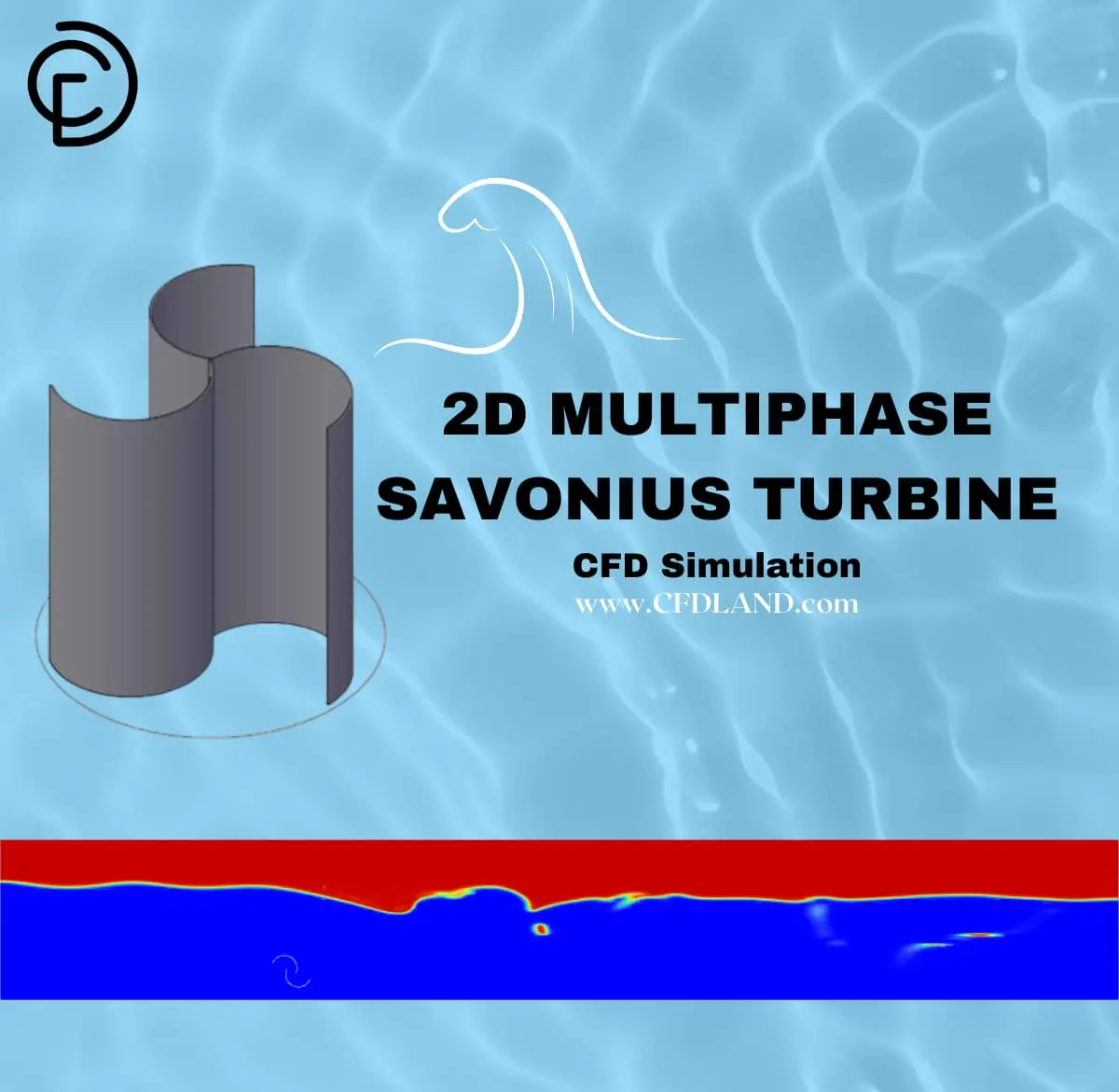
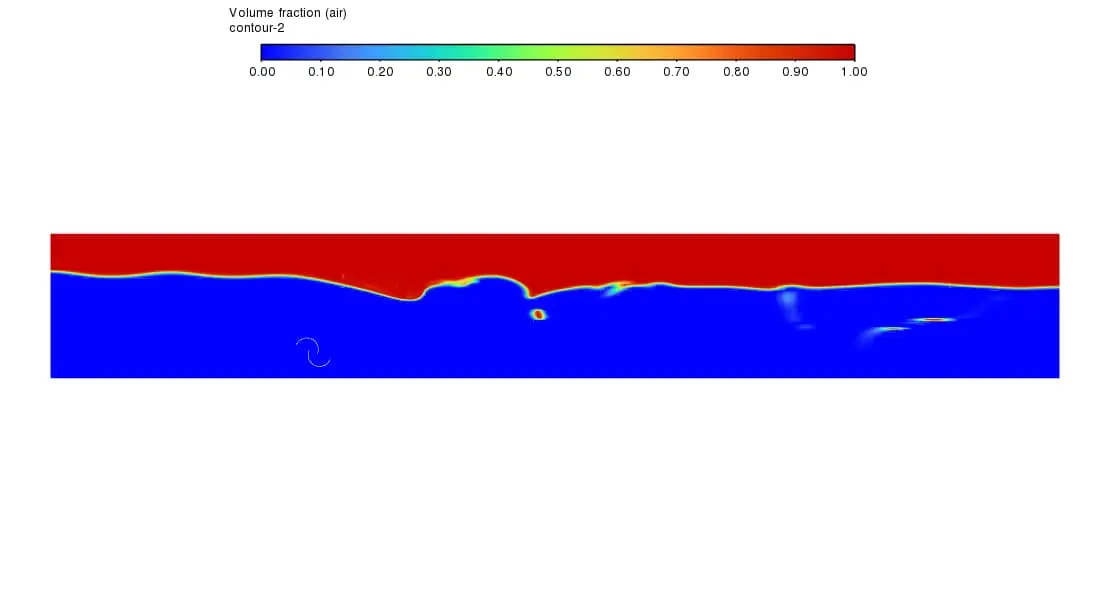
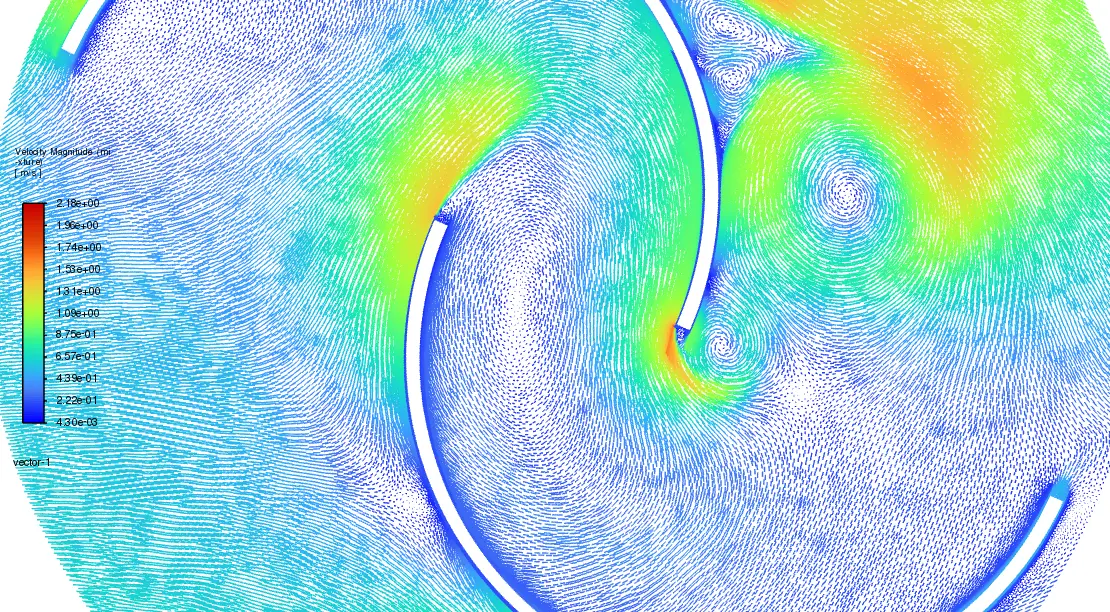


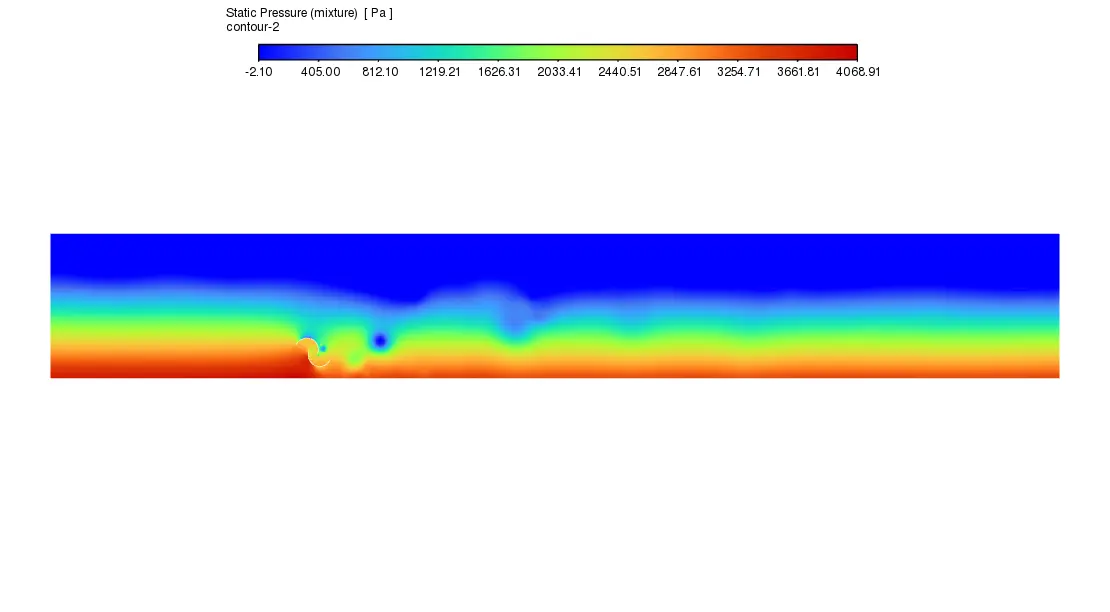
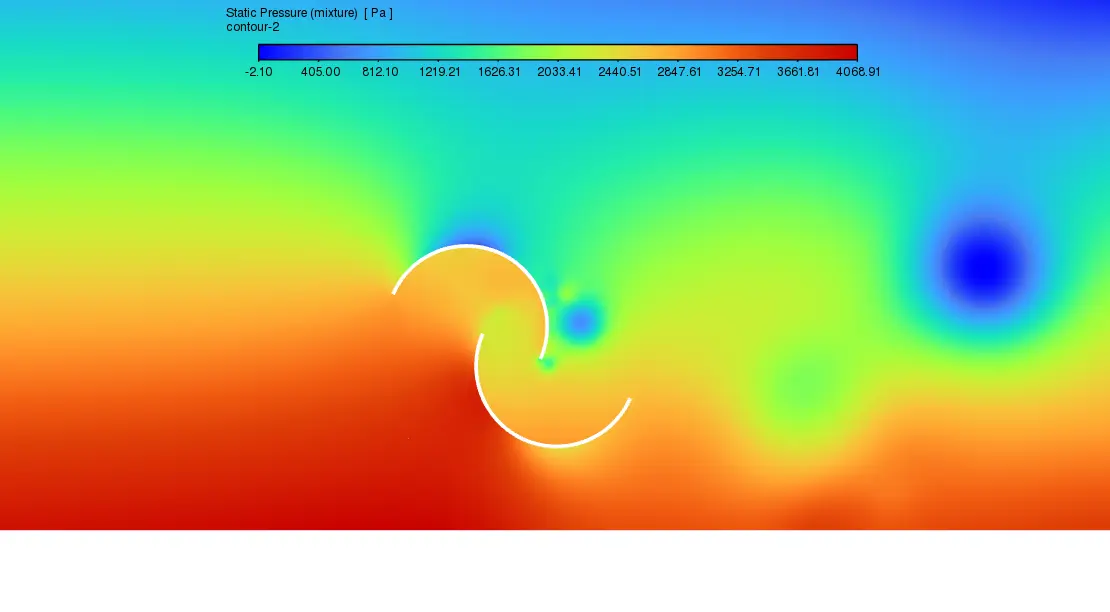

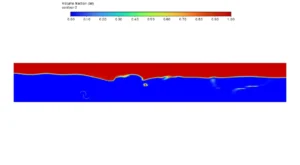
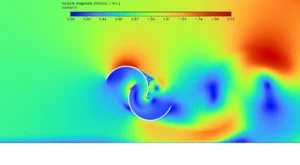







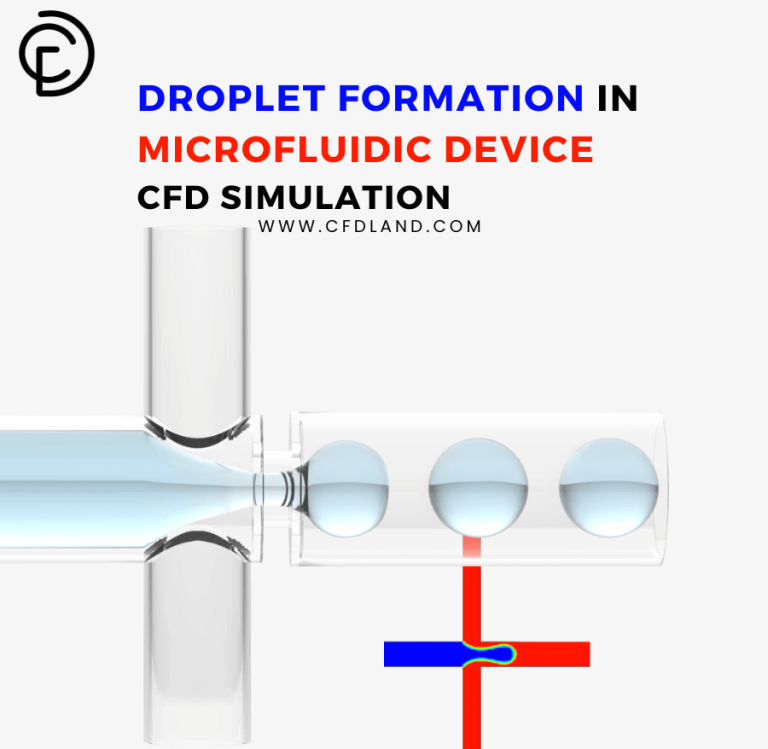

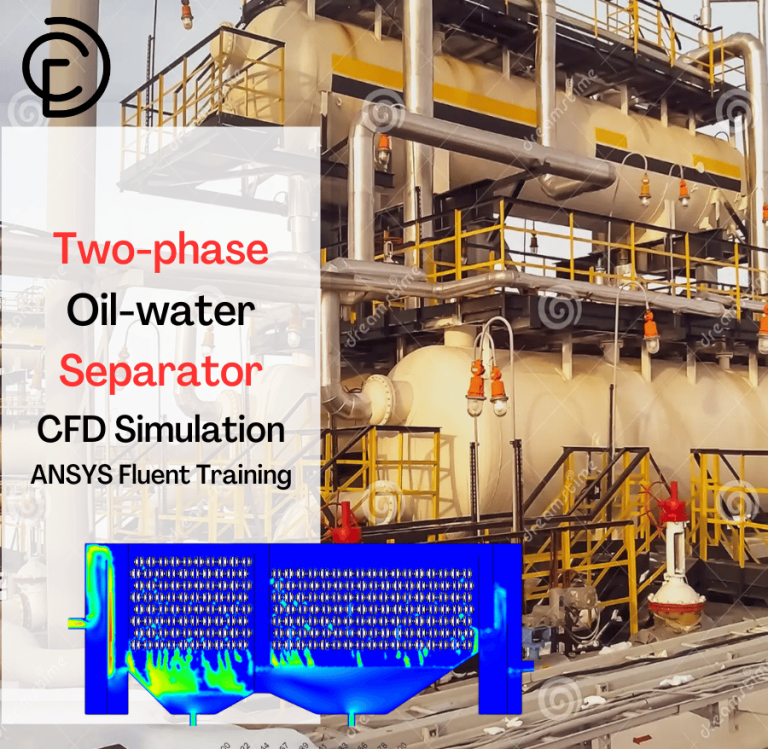

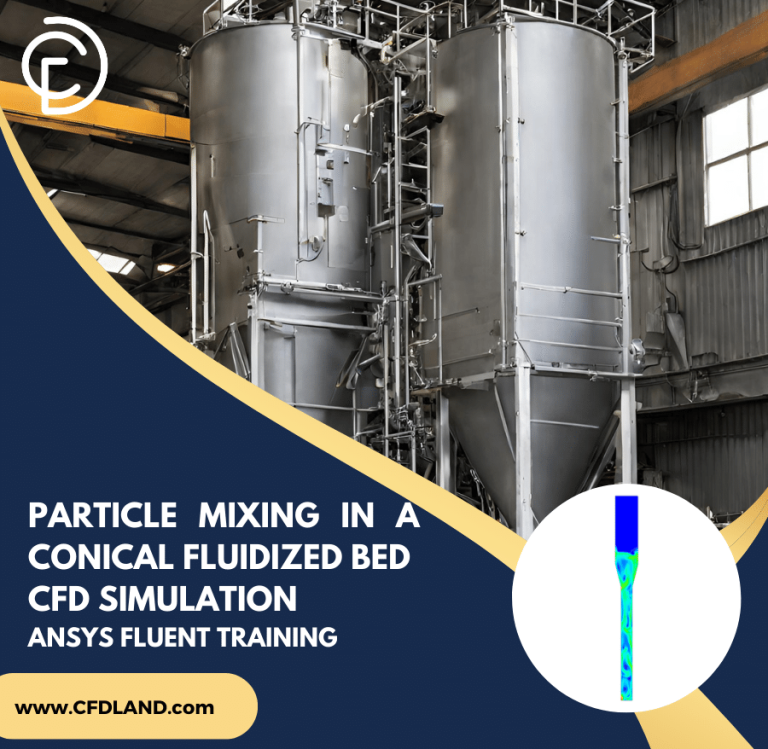
Reviews
There are no reviews yet.